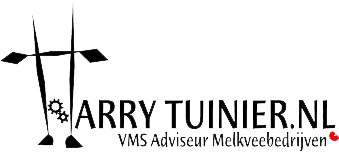Making more effective use of activity measurement.
You know that the best time to inseminate cows is usually between 60 – 90 days after the calving date.
That is the time that the cow has likely been immersed in negative energy for a while. This means she gives already a few month more milk than the amount of energy that she can absorb from the feed she receives.
This also means that the cow does not always clearly show that she is in heat. Sometimes, this means that the cow does not always achieve 1+ 2 ++ and 3 +++.
And this doesn’t get any better during hot summer days either …
Most cows only show their heat for 4 – 7 hours and often also at night. During this time, you are not all the time in the stable, but the activity meter is.
Thus, it is very important that the system displays correct measurements. For this it is important to know that the transponders are good – (there’s a checklist in DelPro for that) – that they’re not too loose or tight around the neck – (place a flat hand between neck and collar ) – and that the antenna is not too close to the cow recognition place, such as the VMS, selection gate, or too close to electric motors, thick walls, solar panels, cables, etc.
Since DelPro version 5.2, a “Worklist Activity” is available in which the latest knowledge of possibilities is applied using smart filters.
Through these filters, you can also find those cows that have too little activity for a +.
In this list, cows in heat are categorized as: too early for insemination, correct insemination moment or a return. It then churns out a proposal for the right insemination moment!
Lastly, the category “too little activity” you find the cow who is not fit.
This information worklist results in advice about what you can do with the cow.
Users rate this list very positively, which proves that it adds value to the system!
Ask your technician or DeLaval DelPro Advisor for this “Worklist Activity” list!






